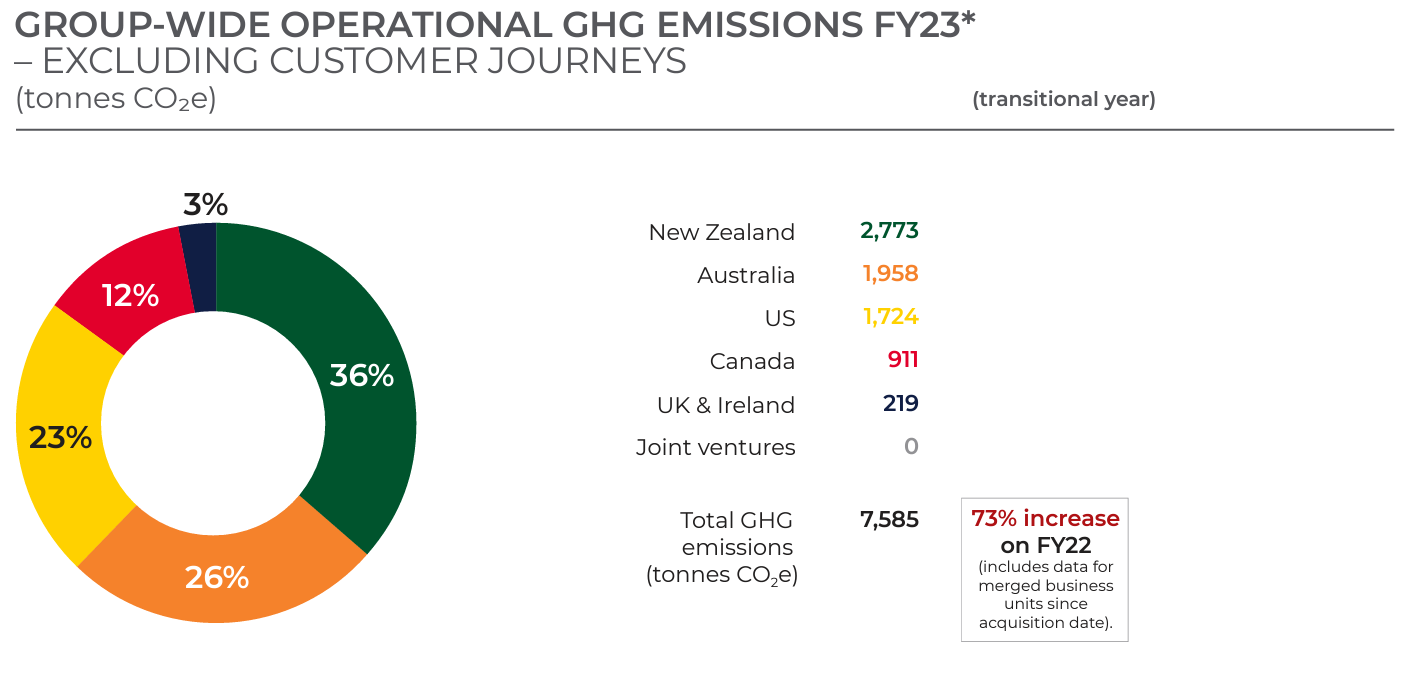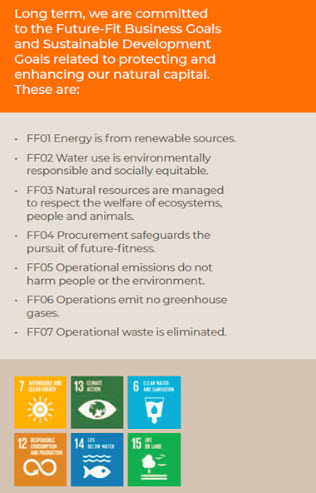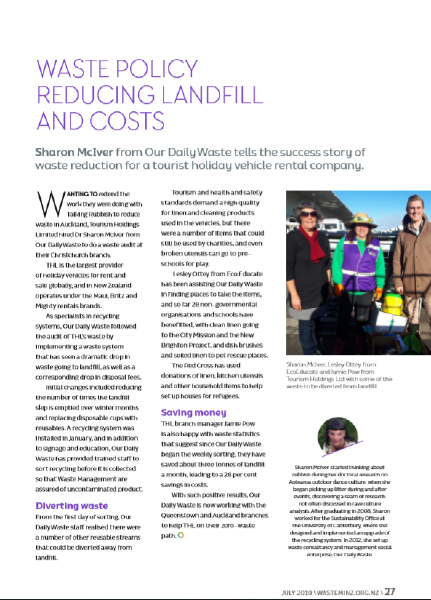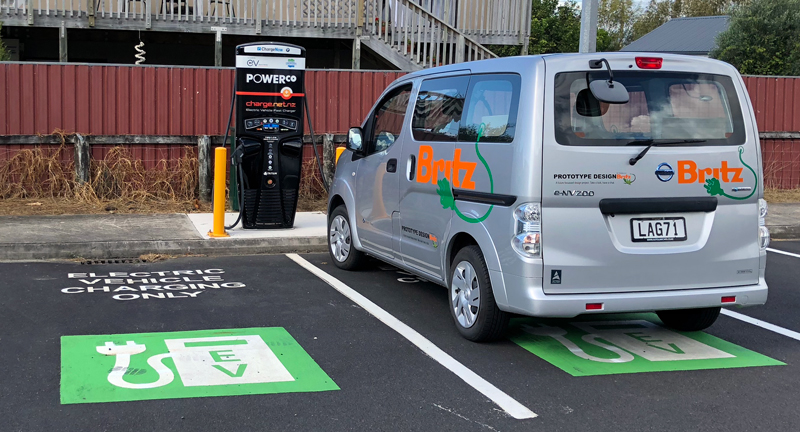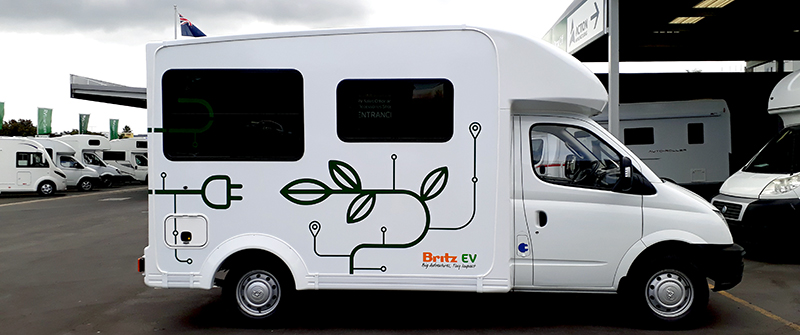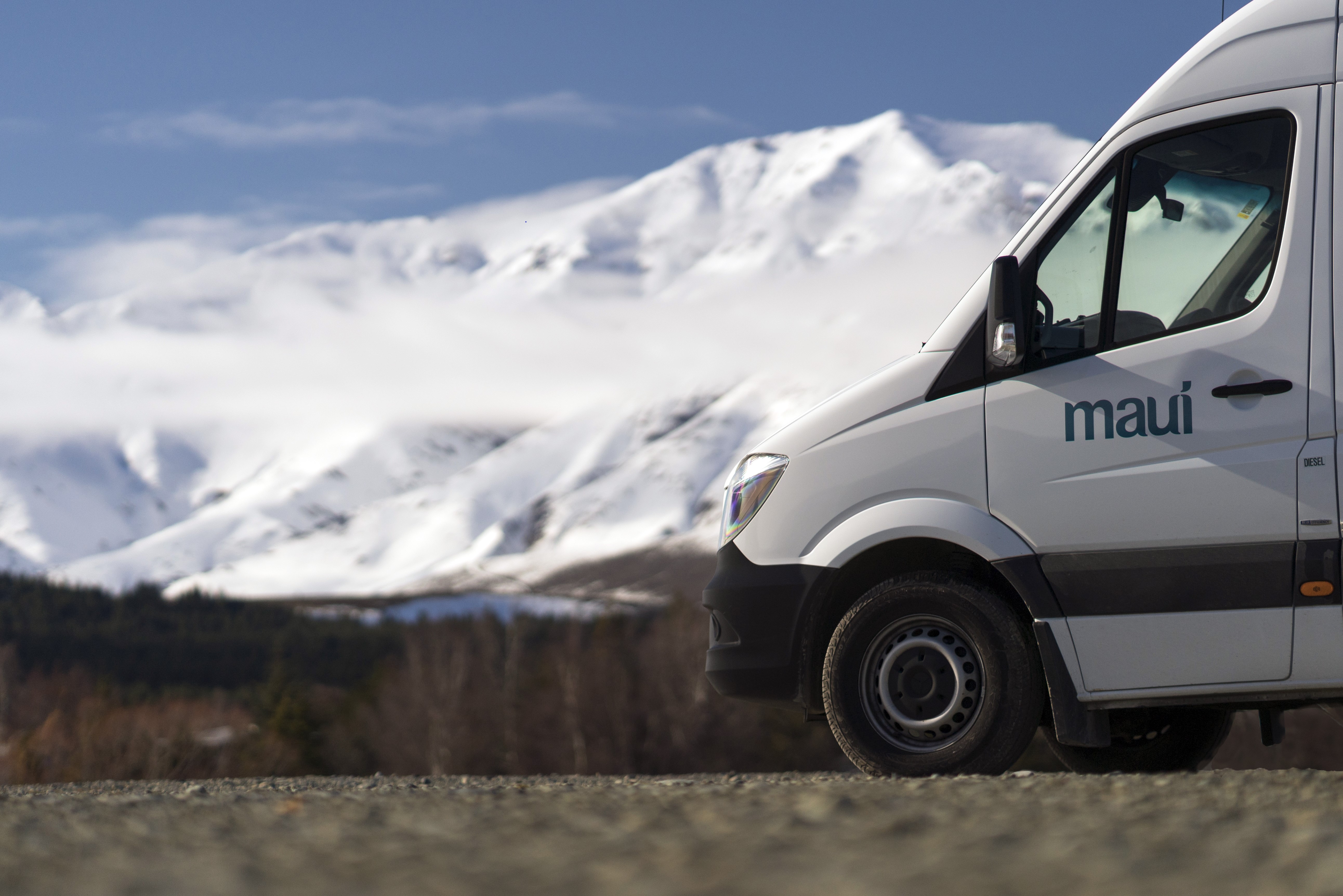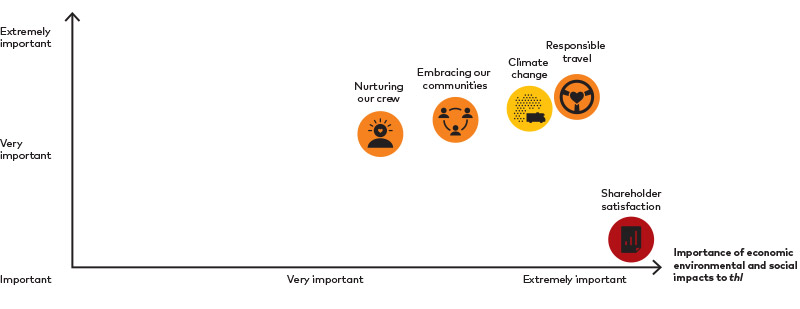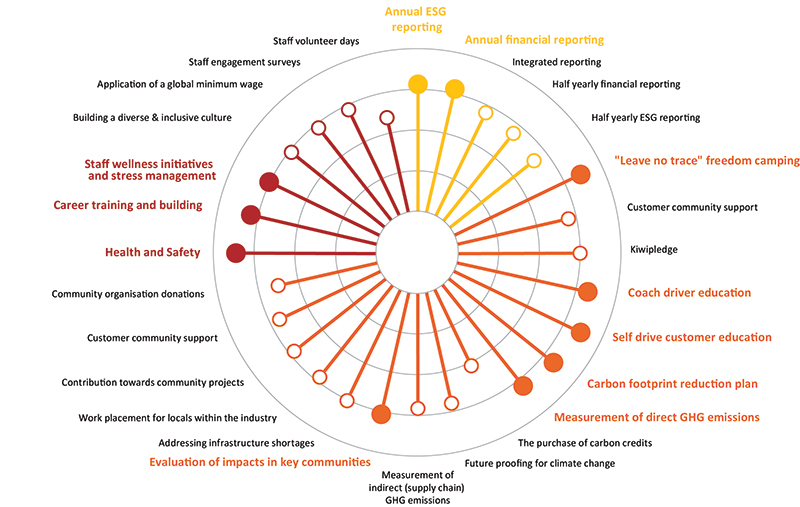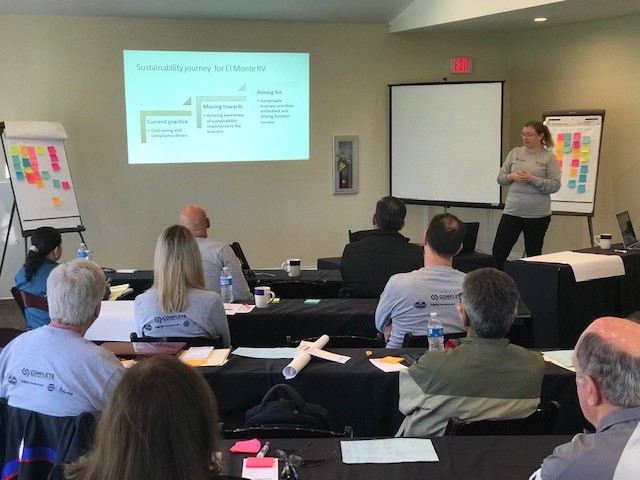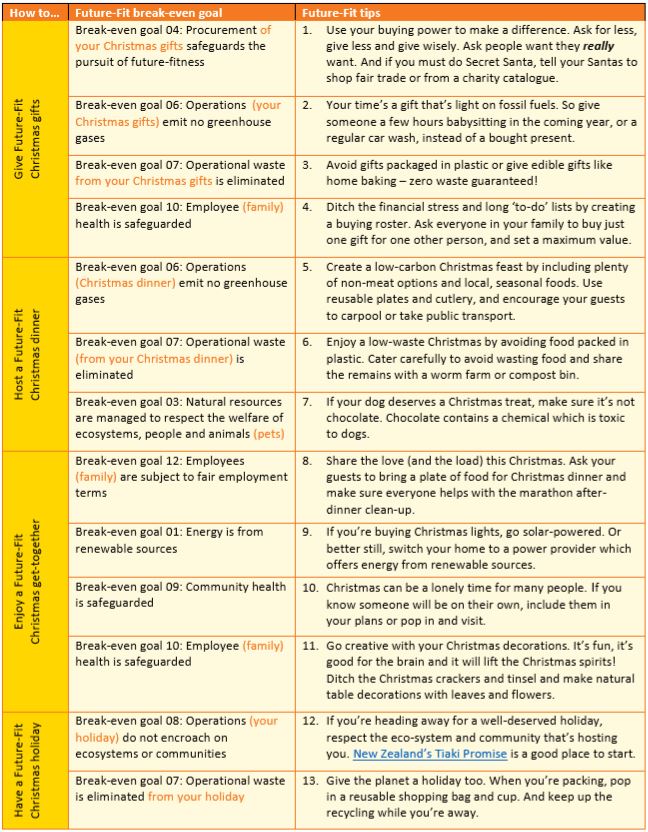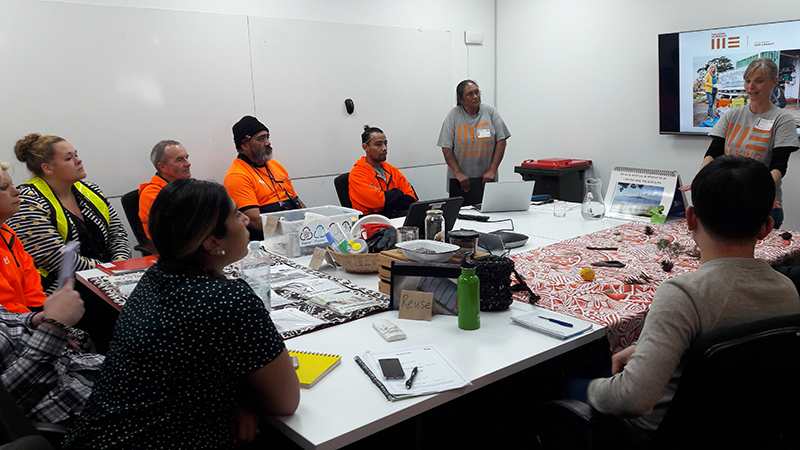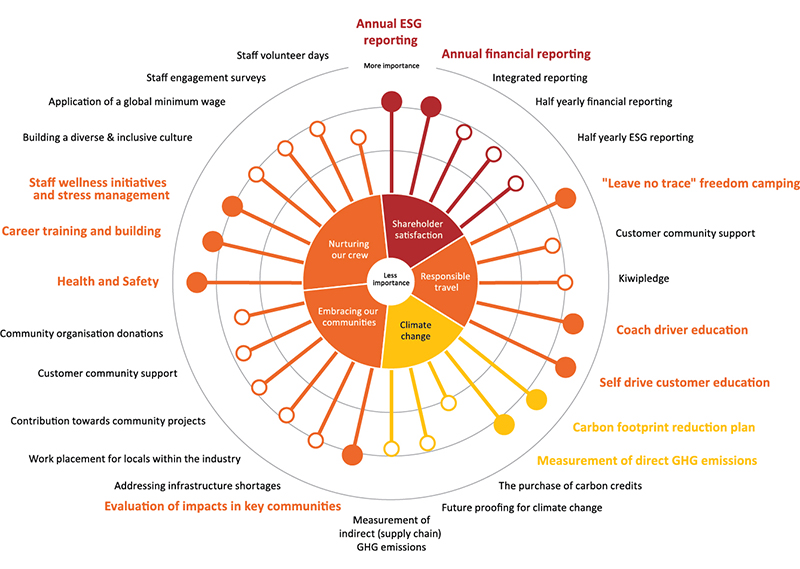Decarbonising our business
Climate change continues to wreak havoc around the world. Extreme weather events such as floods, wildfires and heatwaves leave us in no doubt of the challenge we face. At thl we have a Climate & Carbon Strategy which is part of our overarching sustainability strategy. Our aim is to reduce our carbon emissions in line with a 1.5ºC global heating scenario. At 2ºC - a Hot House World - it is predicted that globally we will lose our coral reefs and there will be catastrophic acceleration of biodiversity and species loss, sea level rise and extreme heat, affecting billions of people, destinations, and our business.
We have spent the last 12 months building our understanding of the risks – and the opportunities – of climate change on our business, as well as understanding the full extent of our impact on the climate, by extending our baseline FY20 carbon footprint to include our indirect upstream and downstream emissions and setting a science-aligned carbon reduction target. This will allow us to develop robust carbon emissions reduction pathways in FY23.
Our science-aligned target: thl commits to absolute reduction of Scope 1 and 2 greenhouse gas emissions of 50.4% by FY32 from a restated FY20 baseline, consistent with the aim of limiting global heating to 1.5ºC.
Through our Climate & Carbon Strategy, including our new science-aligned target and our Future Fleet programme, we are working to manage, minimise and ultimately eliminate our greenhouse gas emissions (GHG).
thl's Climated-related Disclosures Read more about the process and find our disclosures here.
FY23 was thl’s second year of reporting our climate-related disclosures. In 2023, we updated our Climate Risks and Opportunities (CR&O) and the scenarios we use to reflect our global business and the new disclosure standard NZ CS 1.

thl's Greenhouse Gas Footprint Find our latest data and further breakdown of the figures here.
Our FY23 carbon footprint is a ‘transitional’ footprint given the merger with Apollo businesses. Our total transitional footprint as a much larger merged business is 65,472 tCO2e, an increase of approximately 60% from FY22. This includes data for merged business units since date of acquisition.

